The mystic land of India has always been known for its diversity; be it culture, heritage, language or cuisines. From the bygone age of Indus valley civilization that dates to 2500 BC, to the immigration of Aryan race, to the invasion from Central Asia, to the numerous dynasties that ruled the many princely states, to the colonization era, the country has had myriad influences and has evolved over centuries. In India, traditions change as you move from one state to another, dialects differ from district to district, attires change from region to region, cuisines vary every 100 kms and so does a lot of other characters of the Indian diaspora. As a result India has a mélange of vibrant and vivid festivals celebrated through the year across the country.
Here we peek into some of the must experience festivals and the stories behind them.
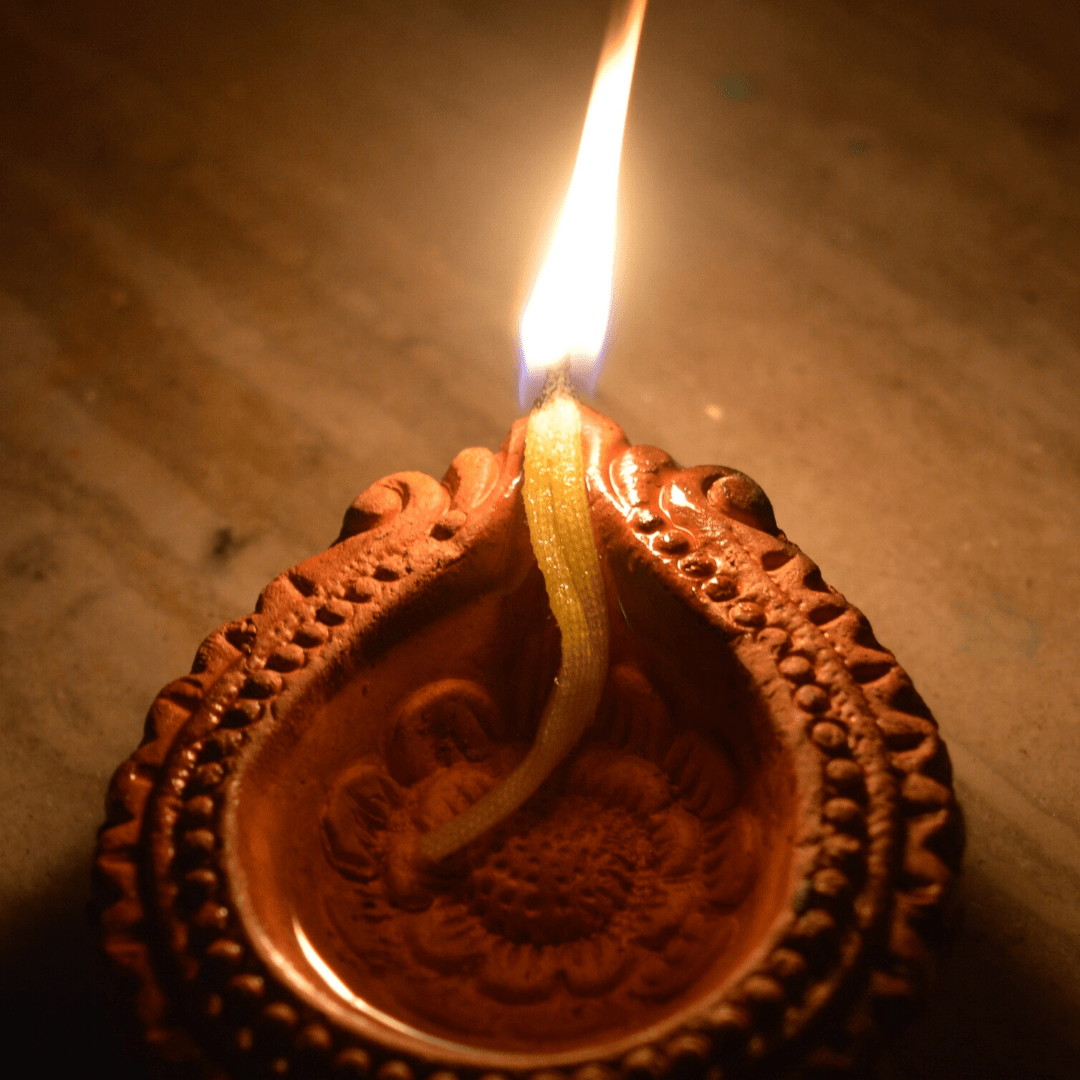
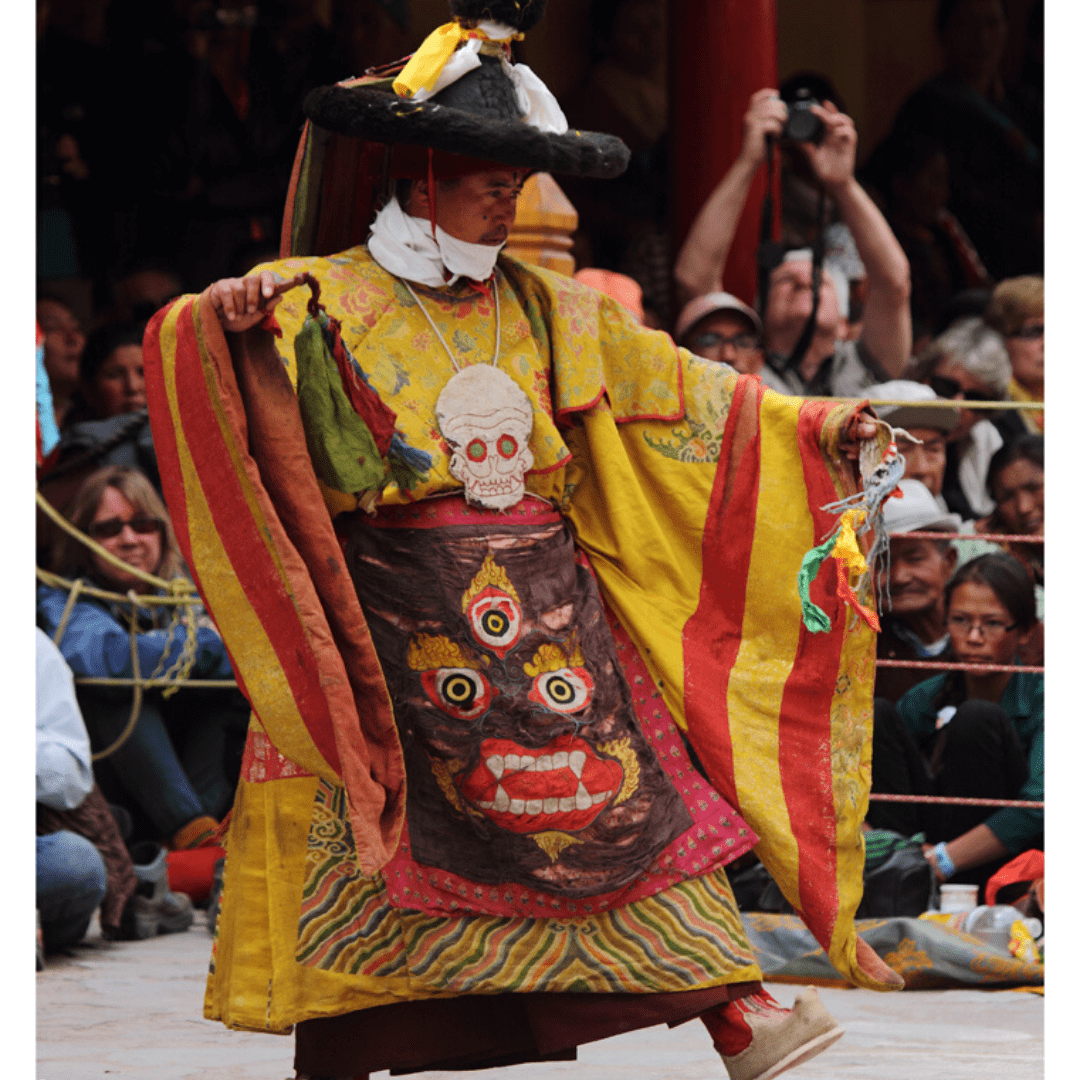

The biggest festival that the country celebrates, Diwali symbolizes the victory of light over darkness and good over evil. This cultural festival is related to Lakshmi, the Hindu goddess for prosperity, but there are religious stories that relate it to the epic, Ramayana as well. The occasion is celebrated with illuminating spaces, decorating homes, wearing finest clothes, preparing feasts, exchanging sweets, lighting firecrackers and celebrating with family.
Though the festival is celebrated on a particular date in the month of October or November as per the Hindu calendar, the festivities take place over a few days leading up to the festival.
At the base of Himalayas and in the cold desert of Ladakh, the colorful festival of Hemis is celebrated to mark the birth anniversary of Guru Padmasambhava. The cultural significance of Hemis festival also talks about the victory of the good over the evil. During this festival, monks in vibrant costumes, headgears and masks perform the ‘Chaam dance’ to the tunes of the drums, horns and cymbals. The performance ends with the sculpture of the evil being destroyed to depict that the bad spirits are warded off and the soul is purified. People celebrate by taking part in the festivities, wearing traditional attires, purchasing the local handicrafts and drinking Chaang, the local liquor.
The festivities, the Chaam dance performance and the plays thereafter are performed in the courtyard of Hemis monastery, the largest monastery in Ladakh. Hemis festival is celebrated over a couple of days in the months of June or July as per the Tibetan calendar.
Celebrated widely by the Tamil diaspora in southern India, Pongal marks the end of winter solstice and start of the harvest festival. It is dedicated to the Sun god and is also celebrated under various names across India. However, for the Tamilians this is their biggest festival and is welcomed by preparing a sweet by the same name- Pongal. The dish is prepared by boiling rice from the new harvest along with jaggery and milk. The sweet is served to gods, to cows and shared with all in the family. Celebrations include offering prayers, decorating courtyards with Kolams (designs using rice powder), exchanging gifts, decorating cows and bonding with family.
Falling on the 14th of January every year, Pongal is widely celebrated across the state of Tamil Nadu in South India, in some parts of Kerala and as Makara Sankranti in the state of Karnataka.
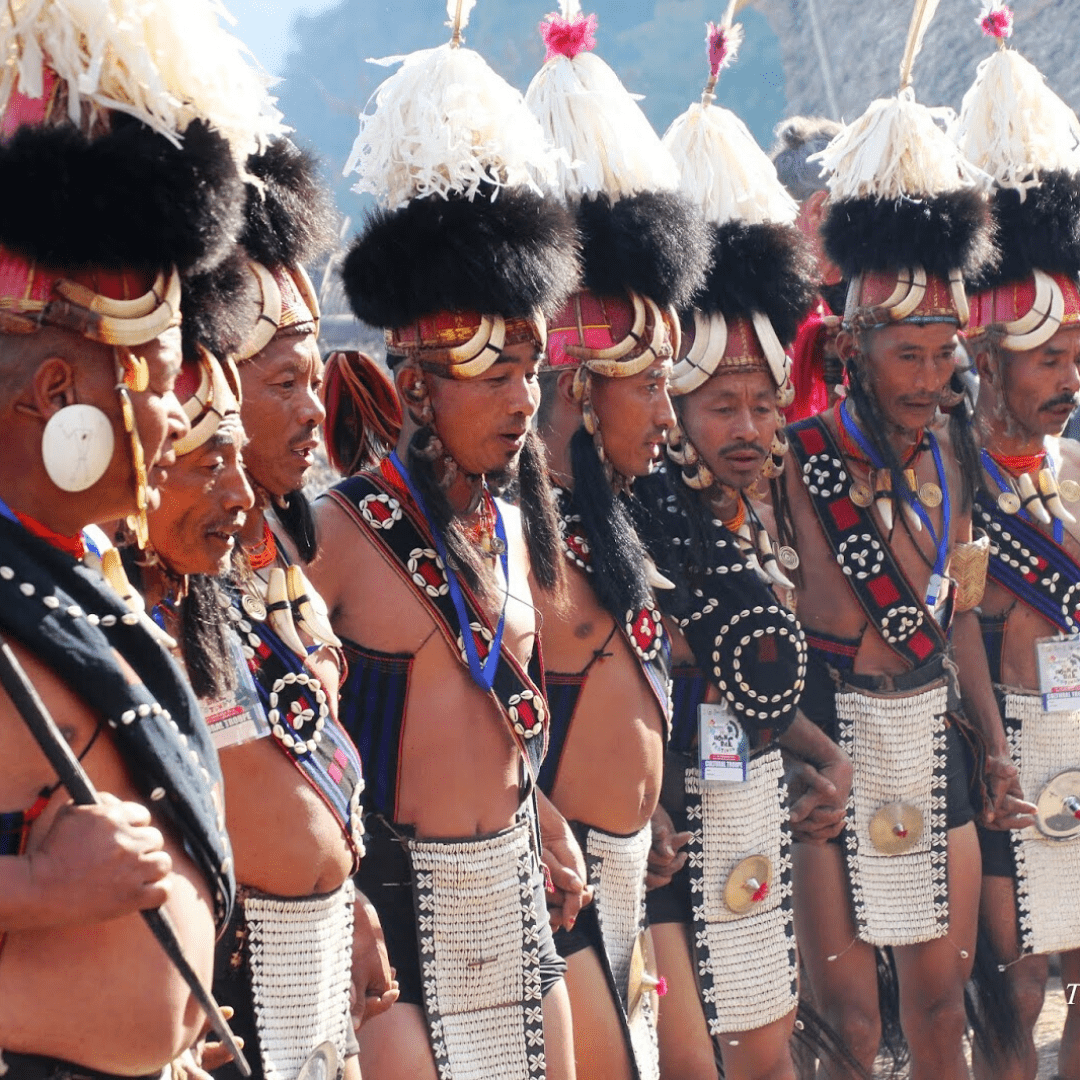
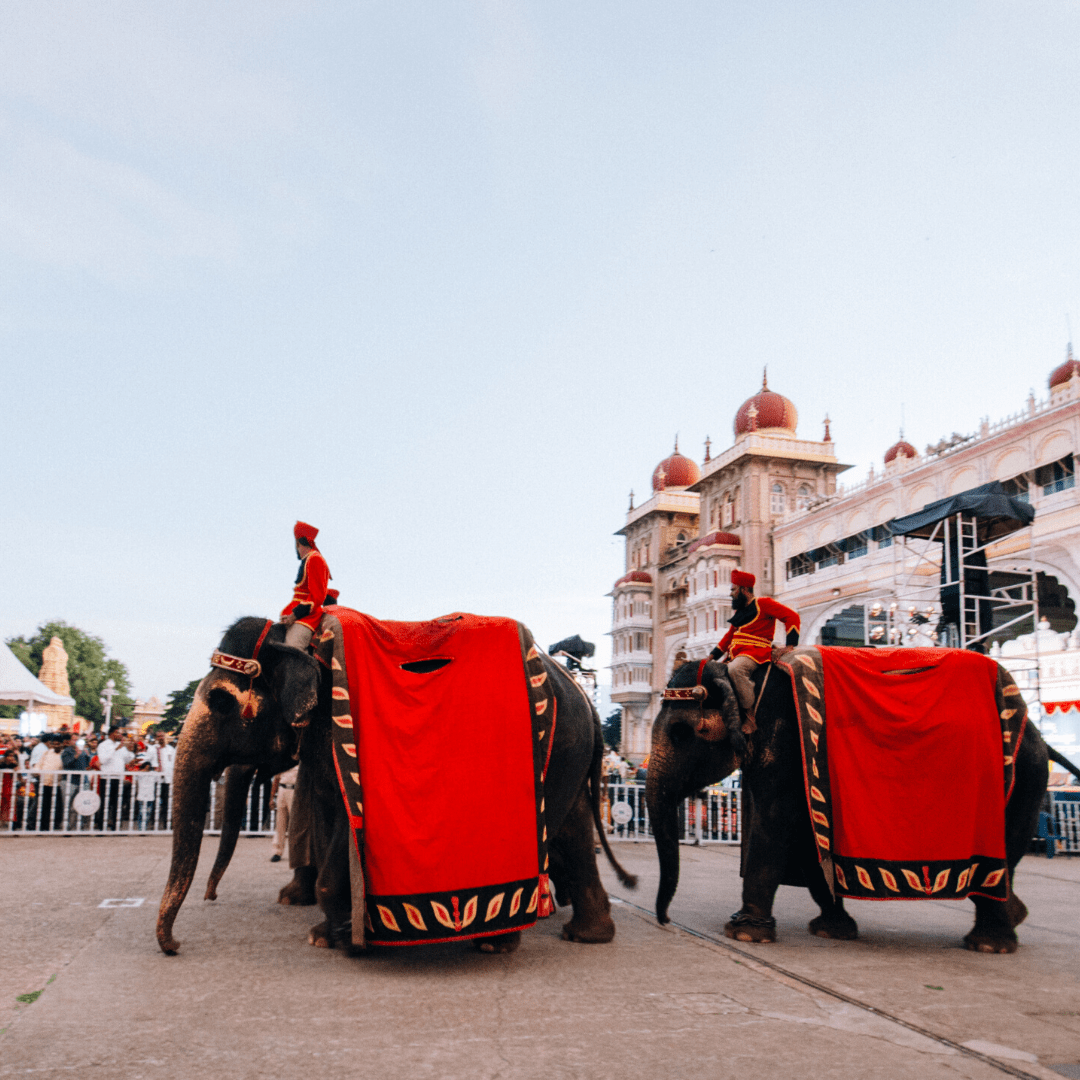
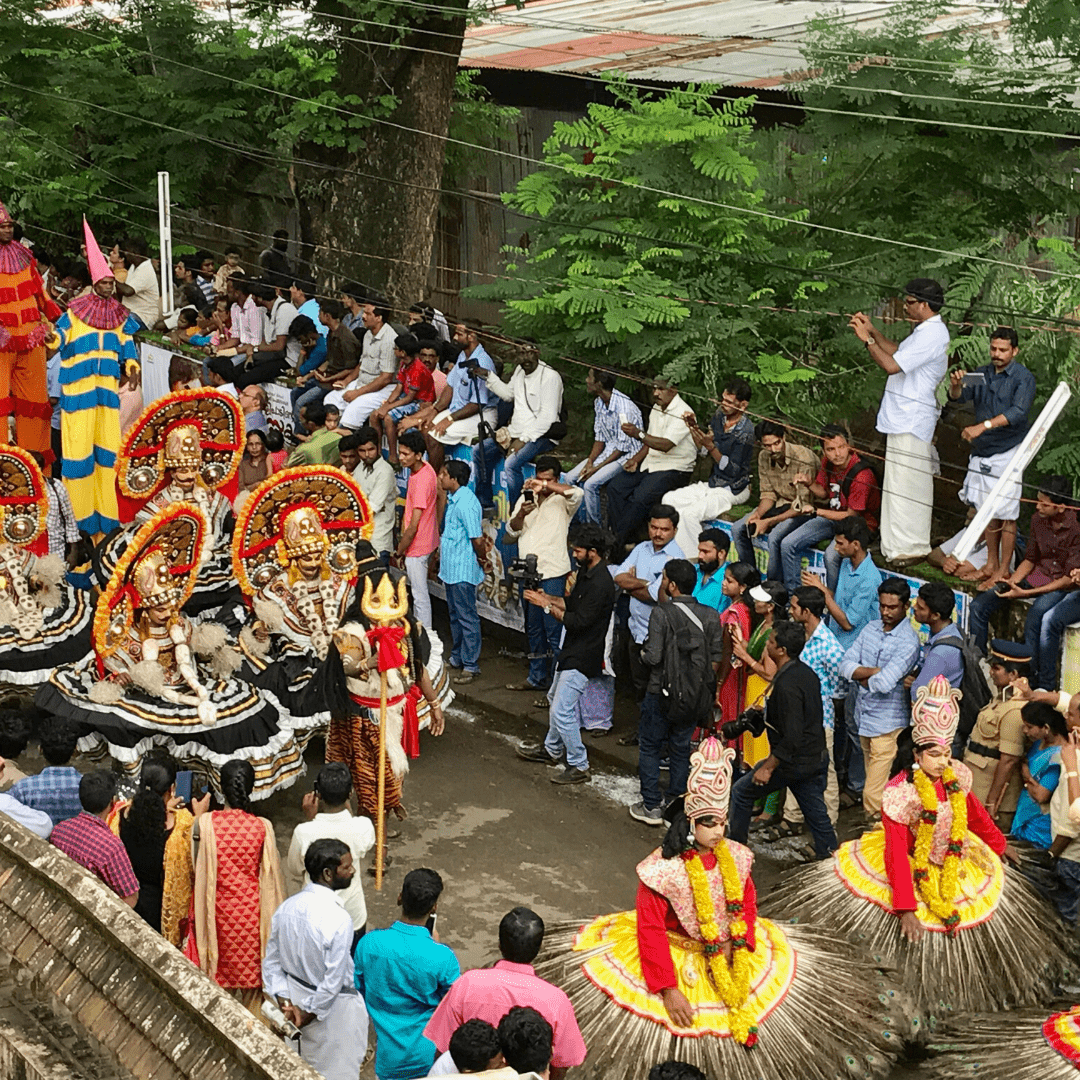
Referred as the ‘Festival of Festivals’ in the Northeast of India, Hornbill festival is a congregation of all the tribes in the state of Nagaland. The indigenous tribes of Nagaland have their separate festivals centered on agriculture and are celebrated across different dates. Hornbill festival is organized by the Tourism board of Nagaland to bring all the tribes together to celebrate and have inter-tribal interactions. The festival is held with much fervor and fanfare with various cultural performances, games, competitions, songs and dances by all the tribes. The festival site also has many Morungs (traditional Naga homes) with displays and food stalls selling traditional Naga cuisine that give an insight into the life of Naga tribes.
Celebrated over a period of 10 days from 1st to 10th December, Hornbill Festival is held at Kisaama village, outside Kohima city.
One of the major Hindu festivals in India, Dassara is popular throughout the country, but is celebrated differently across regions. Dassara marks the end of Durga Puja and Navaratri that are spread over nine days. While Durga Puja celebrates the victory of goddess Durga over the demon king Mahishasura, Navaratri is the occasion to celebrate the victory of Lord Rama over Ravana from the epic, Ramayana, both depicting the victory of good over the evil. Festivities include public celebrations, classical and folk dances, music, enacting stories from the epics and decorating stages with large structures of goddess Durga. Dassara is also time for family bonding, exchanging sweets and wearing finest clothes.
While Dassara is popular in Karnataka, Himachal and northern India, Navaratri is celebrated in the states of Gujarat and Maharashtra, and Durga Puja is celebration time in West Bengal and eastern India. The festival is celebrated as per the Hindu calendar and falls in the months of either September or October.
As per legend, Onam earmarks the return of King Mahabali, the king who once ruled Kerala. Legend says that he was too good a ruler and the gods were jealous of him that they had to take the help of Vishnu to send him to another world. He was however allowed to visit his people once a year, which is now celebrated as Onam. This is the biggest festival for Malayalis and is also a harvest festival. Celebrated with cultural dance performances, snake boat races, floral designs outside every home, folk song, finest clothes and a Sadhya (a huge feast), Onam is referred as the state festival of Kerala. The celebrations are held over four days to welcome King Mahabali, who is believed to visit his people during this period.
Onam is celebrated in the southern state of Kerala and falls either in the month of August or September as per the Hindu calendar. The festival also marks the beginning of a new calendar year.
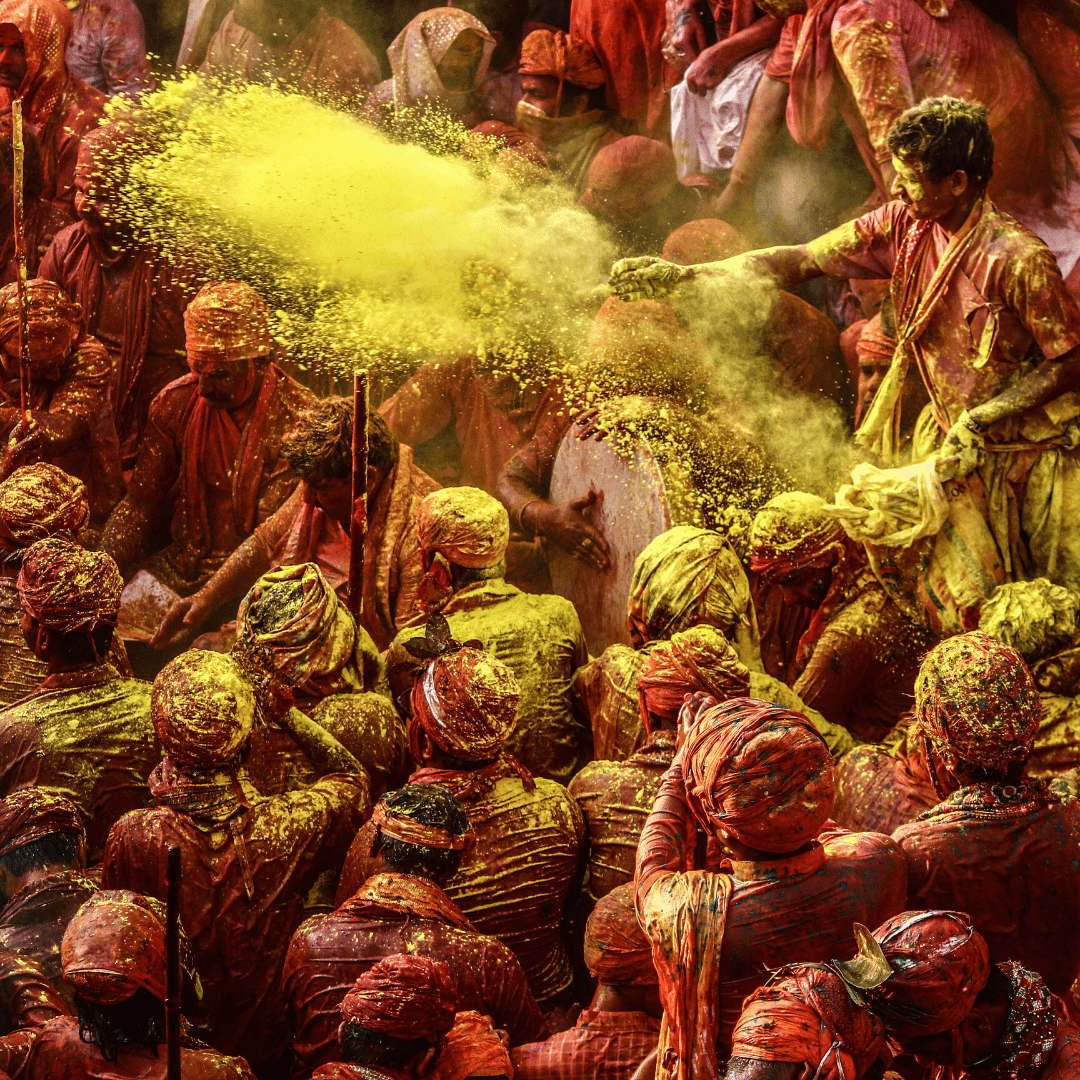
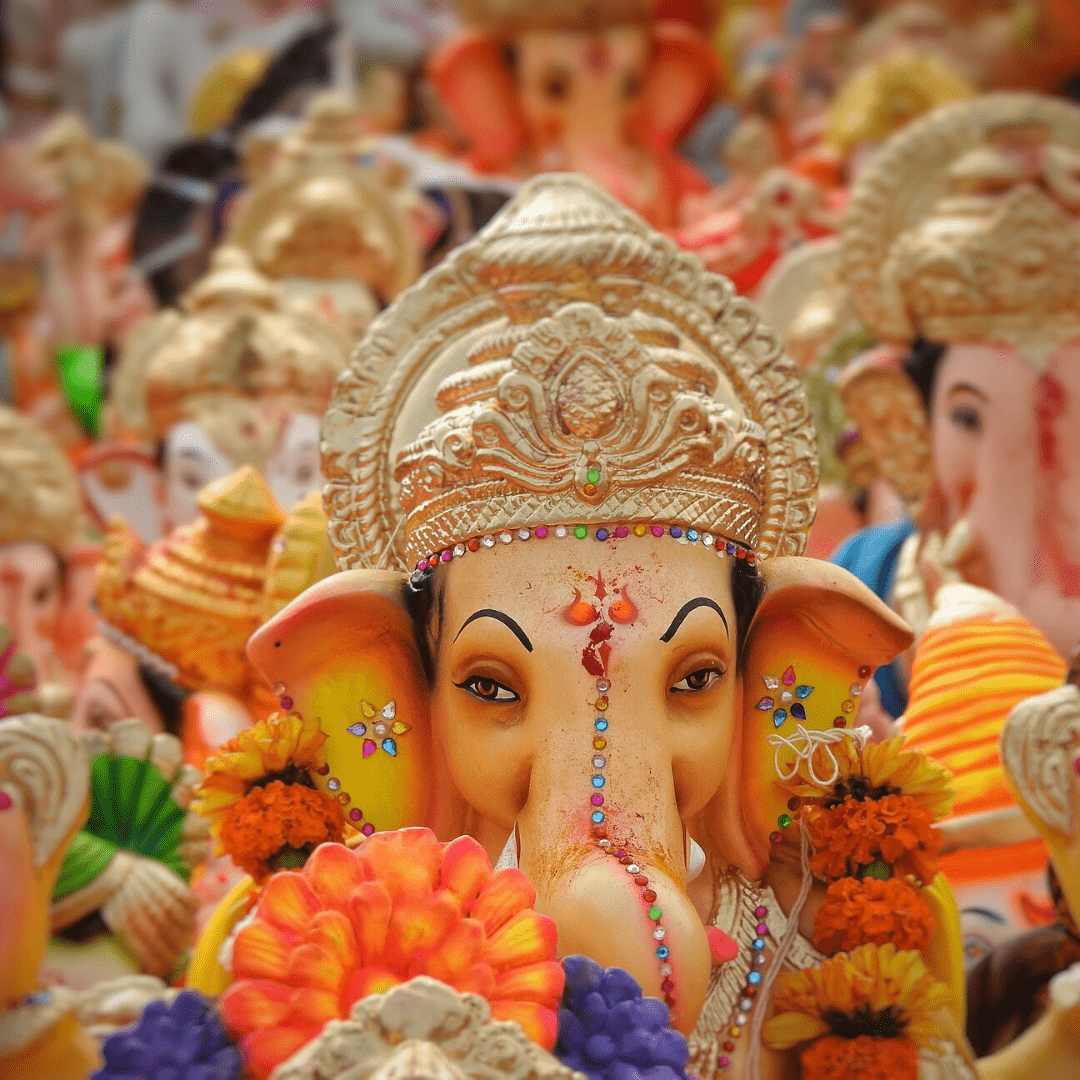
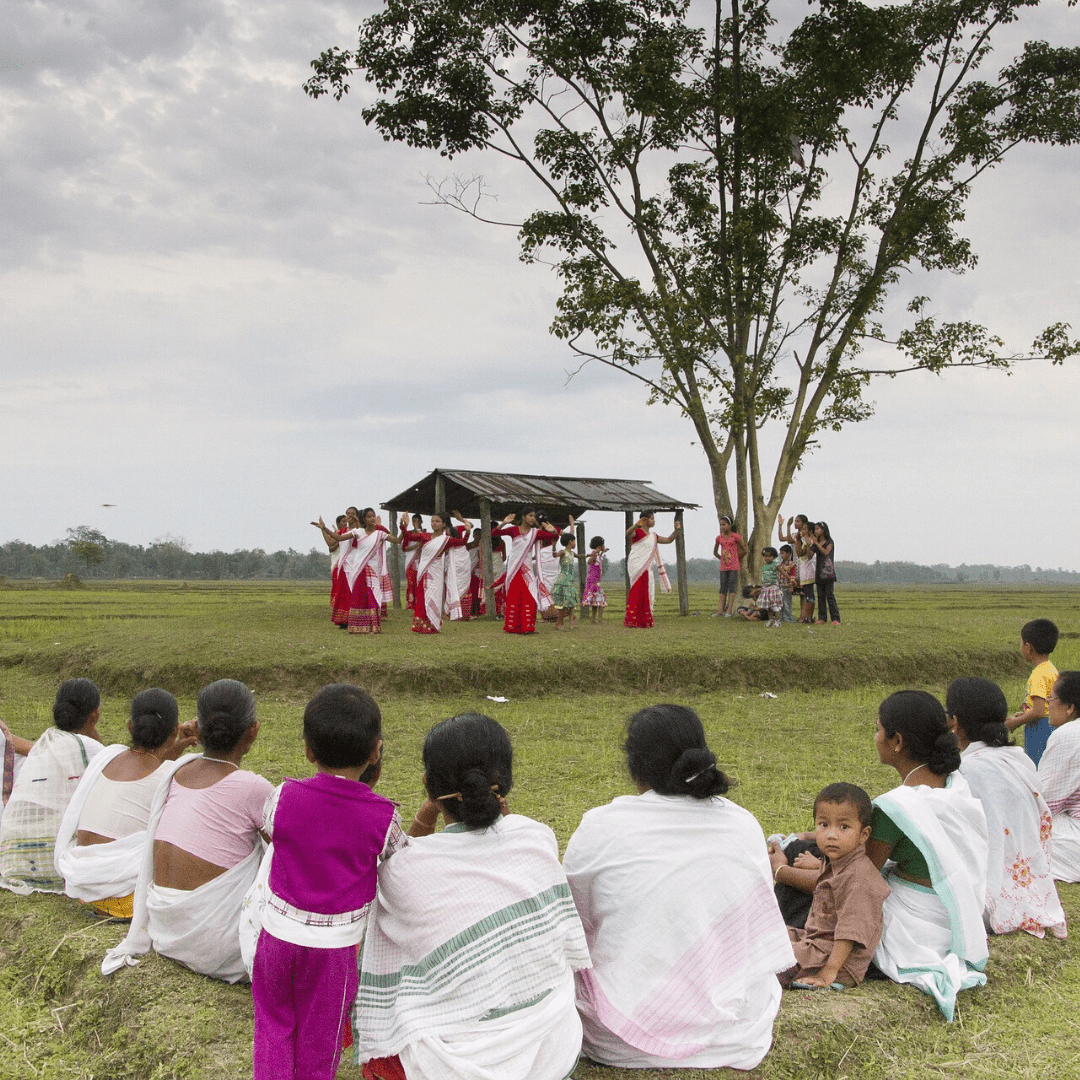
The most colorful celebration in India, Holi marks the beginning of spring and also signifies the victory of good over evil. The festival kicks off by performing rituals around a bonfire, depicting the destruction of evil. Legend says that the name Holi is derived from a demon, Holika, who was burnt with the help of Lord Vishnu, and hence the festival starts with a bonfire. The festival is often seen as an occasion to forgive, forget and mend relationships. People smear colors on one another, splash water and celebrate it with their family and friends. The fun and frolic happens on the streets, parks and open spaces, and all are welcome to join. Festivities also sometimes include consuming Bhang, an intoxicating drink. Lathmar holi is an interesting version of this celebration, where women playfully hurl sticks at men and the men try to shield themselves. The sync for this comes from the legend that Lord Krishna used to tease his beloved and her friends, and women took an offense to this, and now greet men with sticks during this festival.
Also referred as the festival of colours, Holi is majorly celebrated across northern India, especially in Barsana, Braj, Nandgaon and other areas around Mathura. Holi falls in the month of March and the date changes every year as per Hindu calendar.
Ganesh, the elephant headed Hindu god is one of the most popular gods in Hinduism and his birthday is celebrated as Ganesh Chaturthi. Ganesh is considered as the god of new beginnings and a remover of obstacles. On this occasion clay idols of Ganesha are made in various sizes, and displayed on decorated stages and at homes along with chanting prayers and hymns. The build up to the day last for ten days, and on the last day, the idols are carried in a procession, singing hymns and immersed in water. Modak, a sweet made from jaggery and grated coconut, and covered with rice flour is offered to Ganesha and also served to all.
Though Ganesh Chaturthi is widely celebrated across the country, Mumbai is an ideal place to experience this festival in all its glory.
Celebrated with traditional fervor and grandeur, Puthari is the harvest festival of Kodavas and the first grain of that season is distributed across the community. The twig is kept at all homes until the next season. The celebrations begin with the elders of the family heading to the fields chanting Poli, Poli Deva (Give us new, Oh Lord), which basically is a request for abundance of crop for the new season. The festivities also include lighting fireworks, cooking meal together and family gatherings. In the smaller villages of Coorg, groups of singers go to every home with a drum and dance with the elders of the family. A special dessert called Thambuttu (made from rice flour, mashed bananas and grated coconut) is prepared on this occasion and served to all.
Puthari is celebrated in Coorg in southern Karnataka, which is home to the Kodavas, who are a warrior community. The festival takes place in the month of November or December depending on the full moon.
Bihu, which is also referred as Rongali Bihu is celebrated by Assamese to welcome spring season and New Year as well. Bihu is also an agricultural festival and celebrated with music, dance and community feasts. The celebration also brings together various diverse communities of Assam. Celebrations include musical and dance ceremonies in the outdoors, washing and feeding their cattle, wearing new clothes, visiting families and friends, and cultural events.
Bihu festival falls on the 14th of April every year and is the most popular festival of Assamese. A visit to Assam in northeastern India during Bihu would definitely be a wonderful way to experience the culture and traditions of this community.
These are some of the popular and must experience festivals in India, however, the country celebrates numerous such festivals, all of which come with interesting stories, traditions and festivities.
